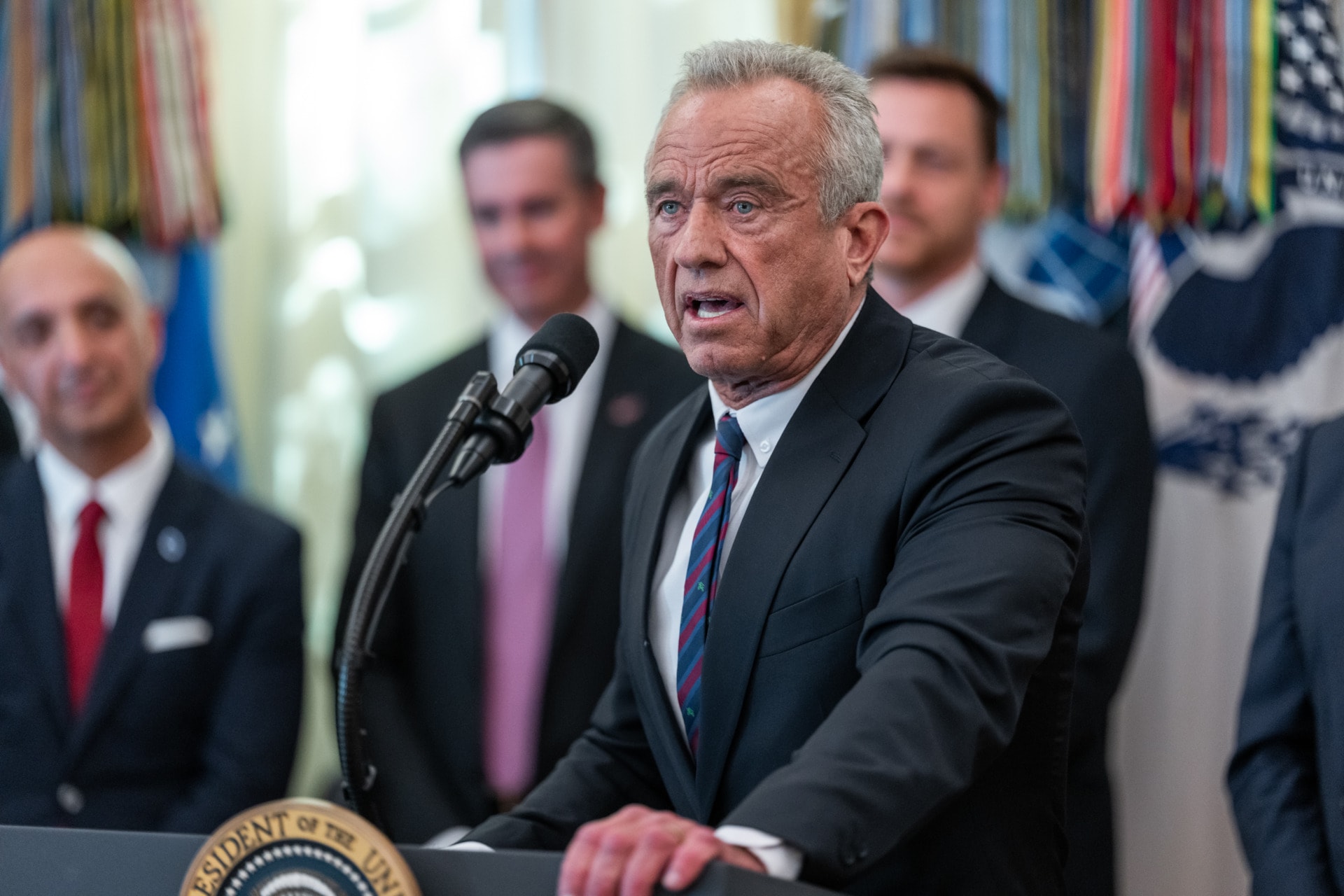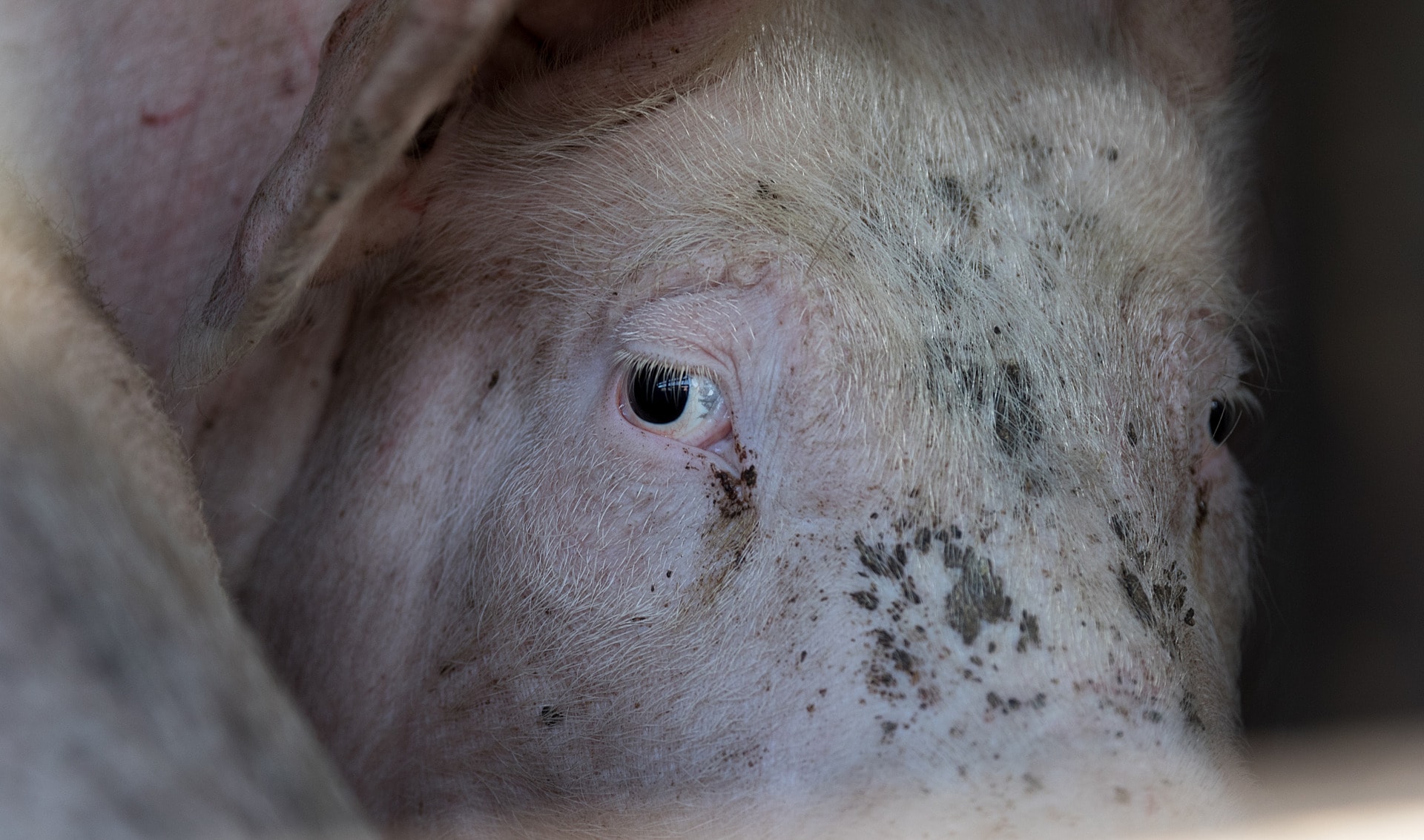Described below is an effort to give public visibility to what has tended to be an underpublicized aspect of the One Health concept, i.e., the linkages between human, animal, plant, and ecosystem well-being. Much recent global attention and resources have rightly been applied to preserve biodiversity affected by climate change, industrialization, and urbanization, each of which has, in some instances, decimated scarce species.
We have tended, however, not to consider some essential animal workers, ones often negatively regarded (in some contexts justifiably so), yet they also serve essential functions for our health and well-being.
Broadly speaking, declines in animal populations are of critical ecological and public health concern. All sorts of animals play essential roles in maintaining the balance of ecosystems and protecting public health.
Vultures, bats, and hyenas, for example, affect human health in beneficial ways, whether through dealing with waste management or disease control. Falling populations of these helpers lead to cascading effects on human health, potentially increasing morbidity and mortality rates in human populations, especially among vulnerable groups such as infants.
Vultures
These are unloved and underappreciated, whether today or by Charles Darwin when he saw a turkey vulture from the deck of the Beagle in 1835; he called it a “disgusting bird” whose bald head was “formed to wallow in putridity.”
Today, over half of the world’s 23 vulture species are on a path to extinction.
Despite their looks and reputation, they do good for us as scavengers consuming dead animals, helping to control the spread of diseases caused by carcasses. And we are learning more: recent economic research shows they may be among the most valuable for health, climate, and monetary reasons.
An example recently reported by the Washington Post is worth mentioning as it perfectly illustrates the problem: in India, a country with vast numbers of livestock, these cleanup workers had historically been extremely beneficial but were suddenly decimated for an unsuspected and unanticipated reason.
Let me explain: In the 1990s, a painkiller for livestock called “diclofenac” became cheaply available in India. Livestock farmers used it extensively, unaware of unintended consequences. It had a devastating effect on the vulture populations because “…even small residue amounts of the active ingredient in a carcass that a vulture eats will cause kidney failure, and lead to their death within a few weeks,” says Eyal Frank, a University of Chicago economist who co-wrote an upcoming paper in theAmerican Economic Review. He noted that “…over 90 percent of Gyps vultures in India died in less than a decade,” among the fastest declines in history.
But the consequences don’t stop there. Different species of vultures are found and are commonplace in many places around the world, and their numbers are falling. With fewer vultures, carcasses are left to decompose in the environment and attract other scavengers and pests, including rats, which can harbor various diseases such as leptospirosis and hantavirus.
Such rising rodent populations lead to increased transmission of other zoonotic diseases to humans. Infants, with their developing immune systems, may be more susceptible to such infections, leading to increased morbidity.
Further, insufficient numbers of vultures disrupt the natural ecosystem balance; and, over time, lead to significant increases in decomposing animal matter, deteriorating environmental conditions that affect water quality, and, subsequently, declines in overall human health.
Bats
It is widely known that bats have many useful functions, including some that are useful for pollination, seed dispersal, and insect population control. They regulate pest populations by consuming insects, among those that carry diseases.
Interestingly, new research is finding more direct links between infant mortality and too few bats. Recent findings published in the Journal of Science link declining bat populations to increased pesticide use by farmers responding to declining bat populations, and, subsequently, higher infant mortality rates in affected areas.
Thus, there are more direct connections between bat population declines and human health concerns: fewer bats mean more insects, prompting farmers to use more pesticides, which, in turn, can harm infants when exposed.
And there are other consequences resulting from such a significant reduction. It can lead to a surge in insect populations known as vectors for diseases such as malaria, dengue fever, and Zika virus.
Another aspect to consider is that many agricultural crops depend on bat pollination. Reduced bat populations can affect crop yields, lead to food scarcity and food insecurity, and thereby affect human nutritional status and health, significant factors affecting human morbidity and mortality.
Related Articles: How Much Does it Cost to Let a Species Go Extinct? | How Climate Change Affects Health and How Countries Can Respond | Another Species Now Officially Extinct
Hyenas
The hyena is Africa’s most common large carnivore, to be found roaming the outskirts of many towns in eastern Africa. Hyenas are adept scavengers and clear away massive amounts of discarded meat, potentially preventing the spread of carcass-borne diseases.
Yet, as the African Wildlife Foundation highlights on its website, hyenas face many challenges and are seen as pest species when they come into conflict with humans, prey on livestock, or lose their habitat, encroached by the expanding human population.
A study in and around the city of Malle, Ethiopia, found that hyenas probably prevented anthrax and bovine tuberculosis infections in nearby humans and animals. The researchers determined that a single hyena crunches almost 1,000 kilograms of dead livestock a year. In doing so in the study area, the research determined that hyenas prevented three anthrax and two bovine tuberculosis infections in people, and 11 anthrax and 129 bovine tuberculosis infections in livestock.
Based on disease treatment and livestock costs, the scientists calculated that hyenas saved humans more than $50,000 that year.
Scavenger Animal Population: The Big Picture
There are many other scavenger animal populations, whether on land, in water, or in air, and many are experiencing significant declines resulting from habitat loss, pollution, and climate change.
UN entities. including the World Health Organization, the World Organization of Animal Health, the Food and Agriculture Organizations, and the United Nations Environmental Programme, have been working together to underscore this core concern of the One Health community, namely that most recent infectious diseases have zoonotic origins, such as HIV/AIDS, Zika, Ebola, Dengue Fever, and Malaria.
These “clean up” animals are essential to and for us: the effect of their declines will be far-reaching, such as disrupting ecosystem services such as water purification and soil health. These losses result in increased disease incidence, overwhelmed public health systems, and higher morbidity, and mortality, particularly in low-resource settings.
We need to be aware of the impact of population declines in vultures, bats, hyenas, and other key scavenger animal populations because the declines pose increased direct and indirect risks to human health, particularly for vulnerable populations.
To address these declines will require collaborative efforts by those engaged in conservation, public health advocacy, and community education. Clearly, in-depth research on the linkages between declining scavenger animal populations and human health, and pathways to sustainable agricultural practices will be important steps to mitigate future risks.
Editor’s Note: The opinions expressed here by the authors are their own, not those of Impakter.com — Cover Photo Credit: Frans van Heerden.














